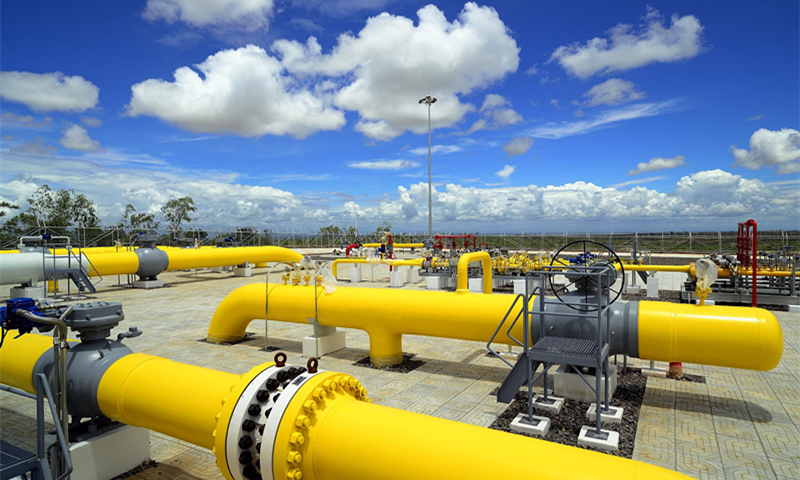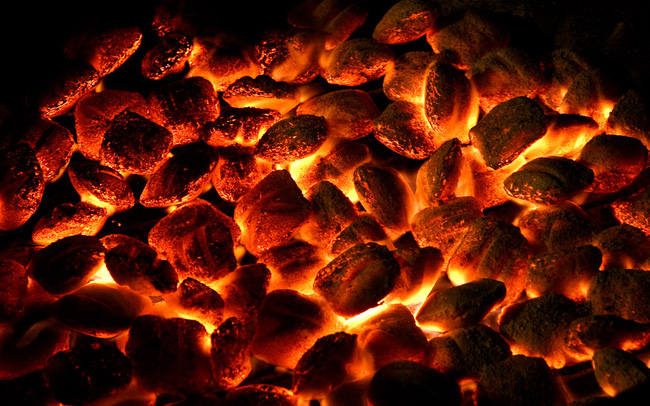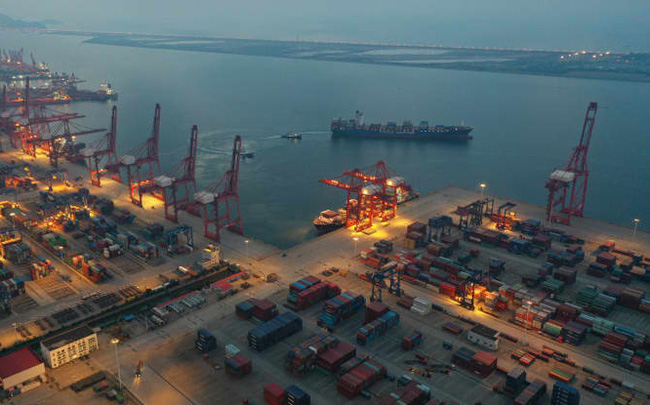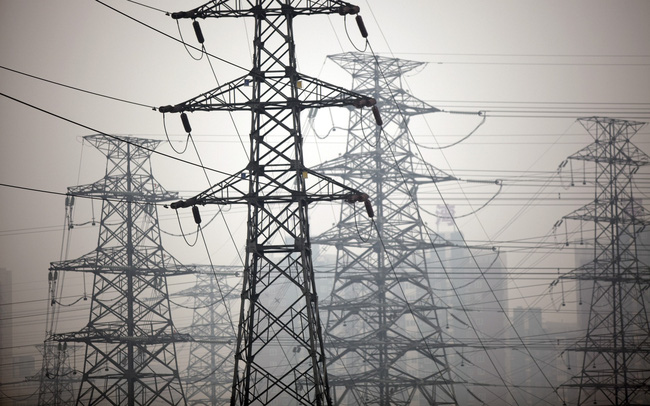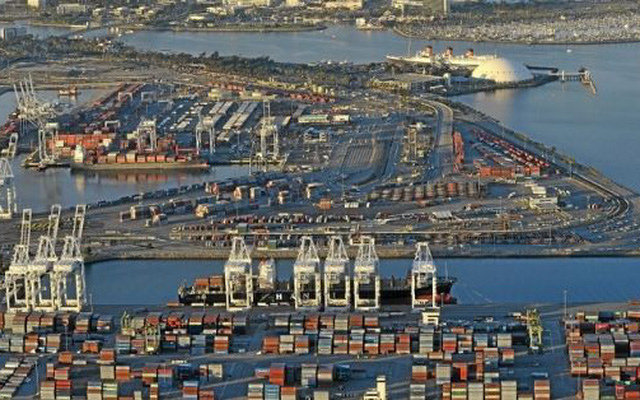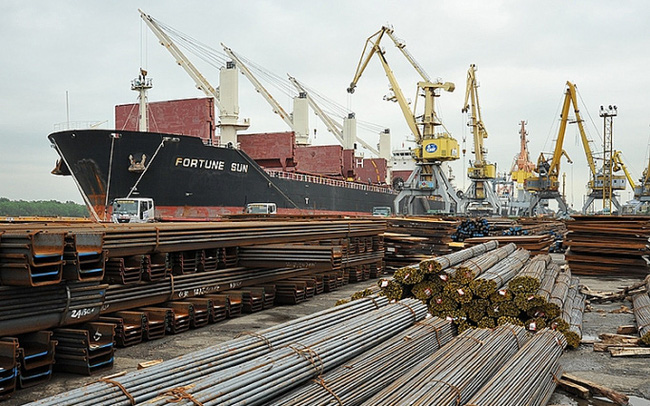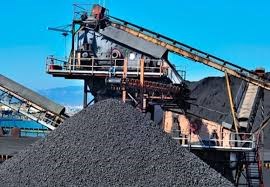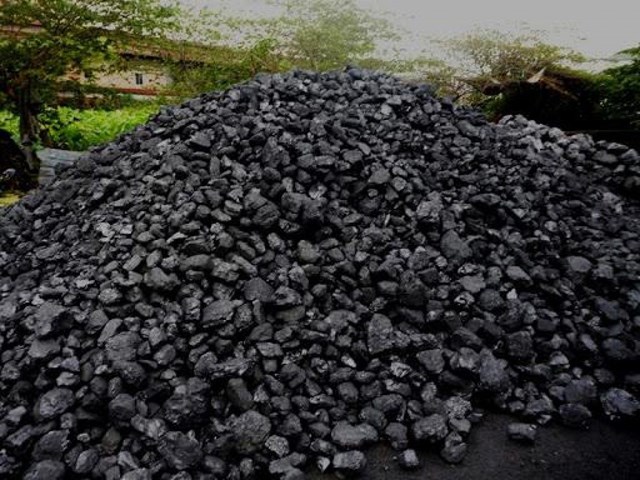
Steel prices have increased and decreased abnormally in the past year. The impact of the conflict and the situation in China has made the usual measures to evaluate the steel market no longer accurate.
Steel prices have increased and decreased abnormally over the past year. The MetalMiner report pointed to all the different factors that contributed to this unpredictable development. And according to Oilprice, one of the most important factors for global steel supply is the conflict between Russia and Ukraine.
Conflict passes the 5-month mark, steel supply decreases
Back on February 24, few analysts could have predicted the effects the Russian-Ukrainian conflict would have. The world has suffered many great impacts, especially in the economic field. From sanctions to pipeline problems, freight has stalled. And one of the commodities most affected is steel.
Steel price movements in the past 1 year (Source: Trading Economics)
Ukraine is the world’s eighth largest producer and third largest steel exporter. Iron ore and other mineral resources are also abundant in the soil of Ukraine. As a result, when the conflict first took place, steel prices took a significant jump. For example, hot rolled coil (HRC) has increased from $974/ton to $1,185/ton in just over a week. Rebar also hit $753 on March 7 after closing at $694 on the day the conflict started.
In April, Stanislav Zinchencko, CEO of the Kyiv-based commodity website GMK, commented on the matter. Specifically, he mentioned that the conflict has significantly affected the supply chain, rendering 90% of steel production capacity inoperable. According to him, the conflict has reduced export opportunities because Russian military ships blockade the Black Sea.
“About a third of Ukraine’s steel capacity is located in Mariupol – Azovstal and Ilyich,” said Zinhecko. At that time, this was the hottest area of the conflict. This effect caused production capacity to remain an issue. unpredictable problem.”
A double problem for global steel supply
In response to all difficulties, Ukraine continues to produce steel, but at a lower capacity. Examples include Zaporizhstal, Ukraine’s fourth largest steel producer, and Kamet Steel in Dnipro. To date, both institutions have seen little impact from the conflict. For that reason, they are still producing as much as usual. In fact, in an effort to boost the country’s economy, the administration of US President Joe Biden lifted tariffs on Ukrainian steel exports in early May.
It all boils down to Ukraine, but it’s important to remember that there are two sides to the issue. Firstly, Russia is still the world’s third largest steel exporter, exporting about 33.3 million tons in 2018. Second, within the framework of the sanctions package, the US and Europe have banned steel imports from this country. in an attempt to deal an economic blow, limiting Moscow’s revenue.
Russian steel mills are also selling at low prices (Image: Bloomberg)
In addition, the unusual flow of cheap Russian products is shaking the steel trade in Asia, weighing on prices and prompting a key producer in the region to warn of countermeasures. Trade pay may occur.
China is still the biggest driving force for the steel industry
China is now ambitious to increase its ability to control iron ore prices. According to Reuters, iron ore prices are fluctuating between optimism and pessimism about the economic outlook of top importer China. But in addition to short-term fluctuations, long-term uncertainties are emerging.
China is promoting a plan to centralize iron ore procurement, in which state-owned steel mills are creating a new business to strengthen their bargaining power.
This is not the first time China, which buys about 70% of its iron ore volume from sea, has tried to expand its control over the iron ore market more. This makes the relationship between the operators and the Chinese steel mills become more severe as the two cannot find a common voice on the price.
China is betting on the ability to control iron ore prices (Image: Reuters)
In addition, the Chinese government said it would support real estate businesses by offering a 1 trillion yuan ($148.3 billion) loan package for stalled real estate projects. China’s real estate industry in recent years has recorded many businesses in debt and has become an economic burden for the country. Most recently, many homebuyers in the world’s most populous country refused to pay mortgages to buy homes in unfinished buildings. Immediately after this information, steel prices in this country rose to the highest level in nearly 3 weeks.
China’s construction industry has been contracting for years now, weakening demand for imported and homemade steel goods and running into huge metal inventories. It is known that this country currently produces about 56% of the world’s crude steel.
And this is where it all comes together – with the same issue of conflict affecting trade so much, the usual measures of steel market valuation are no longer accurate. According to Oilprice, the steel market seems to have moved away from traditional supply-and-demand forecasting. Instead, economists are rushing to produce new models that will better reflect prices in 2022.
T&G Import-Export Joint Stock Company
Address: 352 Hue Street, Le Dai Hanh Ward, Hai Ba Trung District, Hanoi
Hotline: 02473010868
Email: hrm@tginterjsc.com
Website: http://tgimportexport.com






